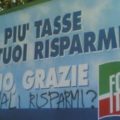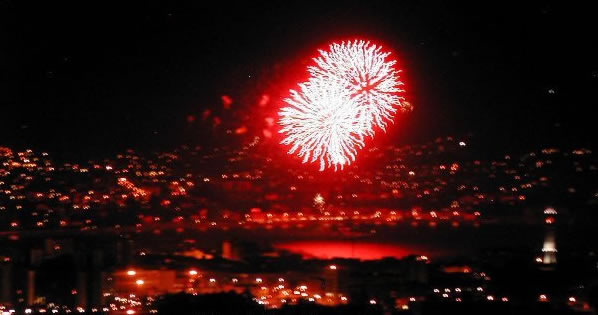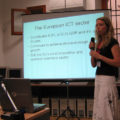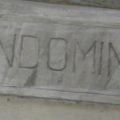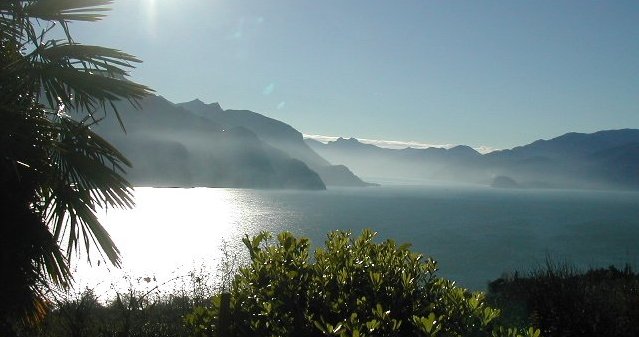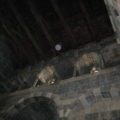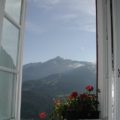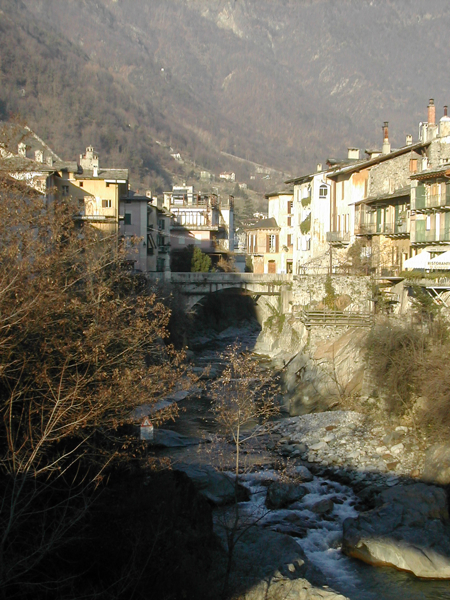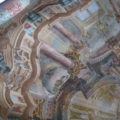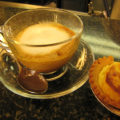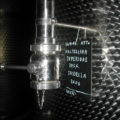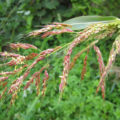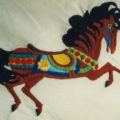Italian words and their definitions are scattered throughout this site, but up til now there has been no easy way to find them all. This page will begin to fix that. Click on a link to visit the page where a word or phrase is explained in more detail. Note: I am by no means a professional lexicalist (or whatever they’re called), so cannot claim 100% accuracy.
This site also includes a large and growing section devoted to Italian slang and swearwords. That’s already in alphabetical order, so those words are not reproduced here.
Work in progress!
A
asporto [ahs-POR-to] Take-away, as in food.
B
balena whale
bene well
bifolco [bee-FOAL-ko] peasant, yokel
bocca mouth
bocciare [BOTCH-char-re] to flunk (transitive)
bocciato/a [botch-CHA-to] flunked, rejected
botte barrel or cask
bucaneve [boo-ka-NAY-vay] crocus
buono good
C
cadere (past tense: caduto) to fall
cappello hat or cap
casino [cah-ZEEN-o] A mess.
chiasso [KYAS-soh] noise
comune [co-MOO-nay] municipality or municipal government
coperta [co-PAIR-ta] cover charge
D
demografico demographic, population
disagio [dizz-AHJ-oh] discomfort, inconvenience
G
gola, fare gola, goloso, golosita‘Â All words to do with appetite or gluttony.
guai [GWHY] troubles
Guardia di Finanza [GWAR-dee-ah dee fin-AHN-za] The police force who investigate tax evasion and other financial crimes.
L
lupo wolf
M
maccheronico [mah-care-ON-ik-o] “Macaroni-like”, i.e. heavily Italianized
manovratori [ma-no-vra-TOR-ee] maneuverers – (I think) the guys who shunt trains around in railyards
messinscena [mess-in-SHAY-na] an act meant to deceive
mettere to put
modestamente modestly
moglie wife
mortalità scolastica [mor-tal-i-TAH sco-LAS-ti-ca] school failure rate
N
notte night
nuvola cloud
O
occasione Occasion, but also a good deal.
orto vegetable garden
P
paese [pah-AY-zay] nation or hometown
pane bread
panetteria [pahn-net-tear-REE-a] bread bakery
peccato [PECK-kah-toe] Sin or shame.
piacere [pya-CHAIR-ay] to please, to be liked
piccolo small
pieno [PYAY-no] full. Can also be used as a noun at the gas station: Mi fa il pieno – “Fill ‘er up.”
popolo [POP-oh-lo] A people or the people, e.g. Piazza del Popolo – Plaza of the People
prossima next
R
rete [RAY-tay] a net or network, but la rete (THE network) refers specifically to the Internet
rosticceria [rohs-stitch-chair-REE-a] “roasting place” – A shop/restaurant selling hot foot to take away (though they may also have a few tables for you to eat there).
S
scontata discounted, taken for granted
sdrucciolo [ZDRU-cho-lo] adj., slippery. Also used in grammar to refer to words stressed not on the usual (for Italian) penultimate syllable but on the third from last – the word sdrucciolo itself is an example!
secchio bucket
secchione A swot, someone who studies a lot.
sensibilizzazione [sen-si-bil-IDZ-zazz-yo-nay] to make someone sensitive to or aware of something
serva [SAIR-vuh] maidservant (somewhat archaic, no one has a maidservant nowadays)
servizi services
sfumature shades of meaning
smarrire [zmah-REER-ay] to lose
supportare to support, put up with
T
tapparelle [tahp-pah-RELL-ay] roll-up window blinds
ti amo “I love you,” in cases of passionate, romantic love.
ti voglio bene Literally “I wish you well,” but means “I love you” among friends.
U
ubriaco drunk
V
vicolo [VEE-co-low] alley




